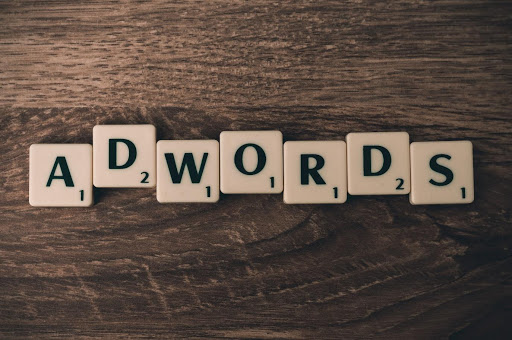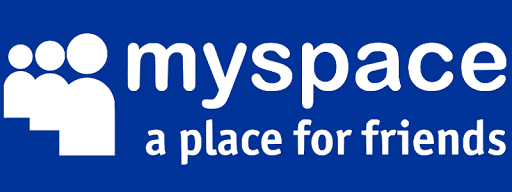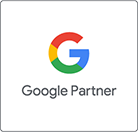From Box Labels to Digital Search: An Overview of the Development of Modern Advertising
From box labels, to billboards, to Facebook, advertisers are constantly trying to find new and progressive ways to deliver their messages to their audiences. Advertising has become one of the biggest assets for American businesses. With amazing processes for tracking a campaign’s success, ads are easier and more measurable than ever.

Traditional Advertisements: A Guessing Game
In the past, the advertisers were only able to identify their audiences through psychology, surveys, and sales. Advertising was very black and white, no nonsense, and straight to the point. Usually the advertisements were made for either the newspaper, TV, billboards, or magazines, all of which had very few accurate ways of measuring reach. The only way advertisers could see if their message was getting out was through the sales or direct follow-ups from the ads.
The lack of accurate data continues to make this form of traditional advertising less enticing over time. Business leaders wanted to be able to see hard numbers and results in a data-based format.

Revolution of Digital Advertising
A great example of this change was when the one company revolutionized internet advertising. Google saw the potential of digital ads, and they took their search engine and turned it into an advertising platform. They first created Google Adsense, which allowed a business to promote their company in search results. When users searched for certain keywords, businesses that matched those keywords would pop up over organic results from other businesses.
This quickly turned into a multi-million dollar industry for Google and turned into the world’s largest digital advertising platform, a title it still holds today. This opened the gateway for the rest of the internet to start advertising to the public and start developing new ways to reach audiences and target markets.

Myspace was one of the first social media platforms to offer advertising.
While online advertising technology was still in its infancy, social media was introduced, making an explosion in the digital world. This put even more audiences in close reach for businesses, and they could start to define exactly what their specific consumer may be looking for. Hard-to-reach demographics based on age, gender, and other factors were now within reach.
All of these developments have shaped how we market to each other now. With people more connected to the internet and their devices more than ever, advertisers are able to target their ads with high geographic and demographic accuracy.
Interested in digital advertising but aren’t sure where to start? Reach out to our team at inquiry@mediag.com or by calling 248-687-7888, our staff of graphic designers, developers, and marketing professionals can help!


.png)
